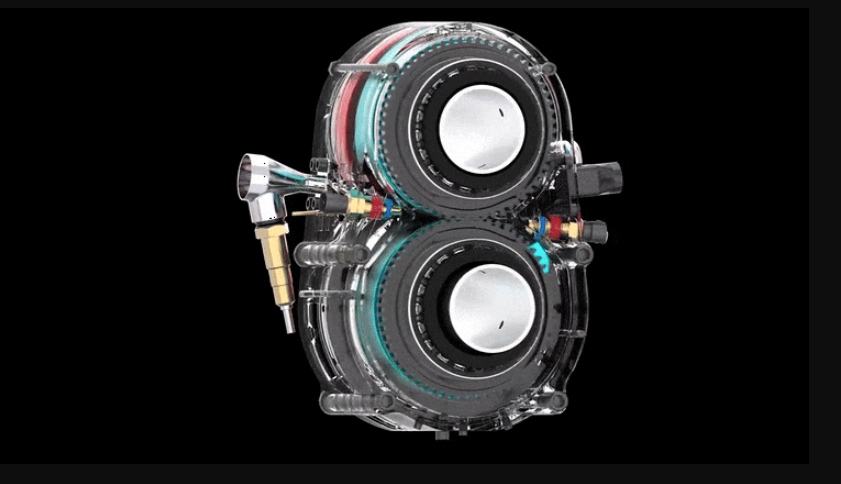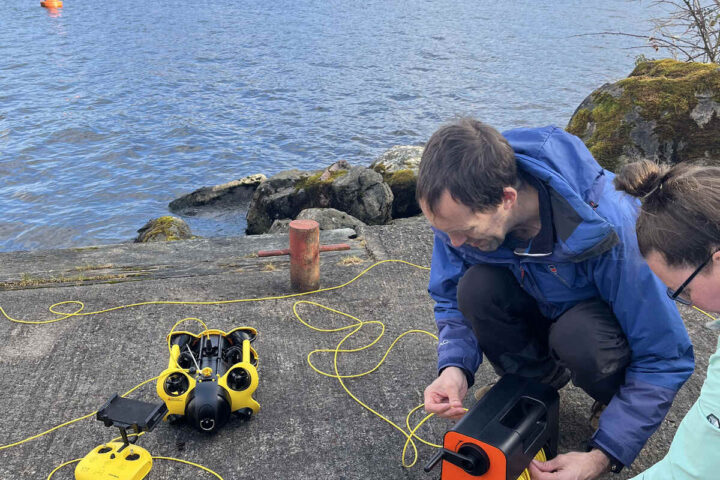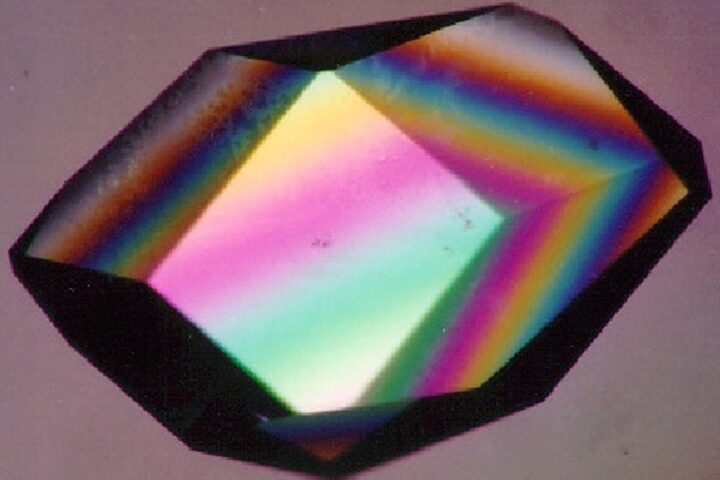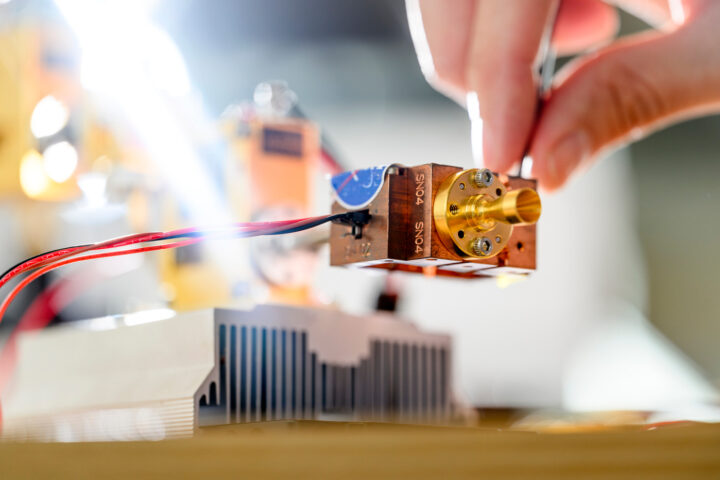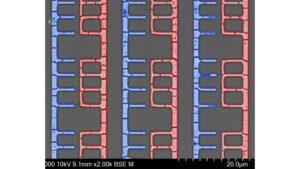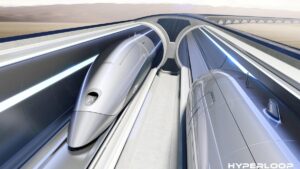Let’s face it. As much as many of us love to hear the roar of an engine burning fuel, we know that the world is inevitably moving towards electric mobility, and it’s very likely that in a couple of decades we will have an electric car, if we haven’t already made the switch. Engine sounds seem like they will become a thing of the past, but today I want to show you something that has restored my hope.
What you see in images is the Omega 1, a rotary internal combustion engine invented by Matthew Riley for Astron Aerospace. This engine solves one of the major drawbacks in internal combustion engines (besides using fossil fuels), which is low efficiency, as a lot of energy is lost through heat, friction, and more.
How does it work? The Omega 1 is a rotary engine whose operation is not related to the well-known Wankel. The design divides the four-stroke combustion cycle into two. On one half of the engine, we have two “vane rotors” that handle intake and compression, and another pair on the other side for combustion and exhaust. Two shafts that rotate in opposite directions traverse the engine and these rotors, each synchronized by large gears. These gears and their bearings are the only points of contact throughout the engine, therefore, the only parts that require lubrication. Very strict tolerances are key to dispensing with seals on the rotor, just as the high RPMs involved, since “there isn’t enough time for air to leak when it’s running,” according to Astron Aerospace.
In addition to all this, there is also a supercharged air intake that operates at an extremely high pressure, from 200 to 300 psi. Another interesting feature is the “skip fire” function. While accelerating, the engine will fire during every rotation, but at cruising speed, it will only burn fuel when necessary, which could be every 5, 10, or 50 rotations, greatly improving fuel consumption and thereby its emissions.
The engine has a power of 160 horsepower and 230 Nm of torque, with an idle of 1,000 rpm, values close to what a normal engine operates at. But the fun comes when accelerating, as the “red line” is only at 25,000 rpm. Strength in Unity: Another advantage of this design is that, like Wankel rotary engines, they are also modular, meaning they can be coupled side by side to create a more powerful unit. In theory, two Omega 1 engines working together would weigh around 150 Kg and produce about 320 Hp and 461 Nm, operating at 25,000 rpm and using little fuel. Yes, it sounds too good to be true. The idea is that this engine will have applications in generators, nautical, aerospace, and land recreational vehicles. Although development is at a very early stage, it’s worth taking a look because it could be the invention that saves internal combustion engines in the face of the advance of electrification.
Similar Posts
In a world increasingly committed to sustainability and the search for alternatives to fossil fuels, innovations emerge that promise to revolutionize the way we understand mobility. One of the most recent developments in this direction is the H2 Starfire Omega 1 engine, introduced by Astron Aerospace. This company, known for its focus on ecological solutions, has designed an engine that combines the efficiency of rotary engines with the promise of zero emissions, opening a new horizon in the field of sustainable propulsion. The Omega 1 is not an ordinary engine; it is a unit that integrates the advantages of turbine engines with those of piston engines, all in a single compact and efficient design. This technology, currently in development at Astron Aerospace’s headquarters in Derby, Kansas, United States, represents a unique approach in the fight against climate change.
The potential of an engine like the Omega 1 to transform the automotive industry and beyond is considerable. With countries planning to phase out gasoline vehicles by 2035, the need for viable alternatives is urgent. This engine not only offers an option free of direct emissions but also aligns with carbon footprint reduction goals and promotes the use of renewable energies like hydrogen. Astron Aerospace’s H2 Starfire Omega 1 could be a key component on the path to a greener future. Its innovative design and promise of performance and sustainability position it as a promising candidate in the shift toward clean and efficient technologies. With each advancement like this, the dream of a fully sustainable world becomes a little more attainable.
